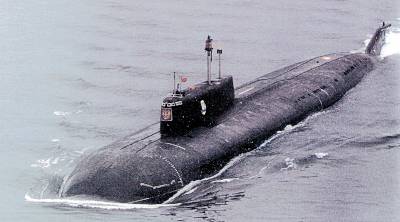Afghanistan Troop Level to Eclipse Iraq by Midyear
American Forces Press Service
WASHINGTON, March 24, 2010 — This summer will mark the first time since 2003 that the number of U.S. troops in Afghanistan will overshadow the American presence in Iraq, the top U.S. military officer told Congress today.
Driving the eclipse is the 30,000-troop surge President Barack Obama announced for Afghanistan in December, roughly a third of which is in place, and with 18,000 of the additional forces expected to be in Afghanistan by late spring as troop levels in Iraq continue to drop.
“Indeed, by the middle of this year, Afghanistan will surpass Iraq, for the first time since 2003, as the location with the most deployed American forces,” said Navy Adm. Mike Mullen, chairman of the Joint Chiefs of Staff.
Mullen told members of the House Appropriations Committee the remainder of the 30,000 will arrive as rapidly as possible over the summer and early fall, making a major contribution to reversing Taliban momentum in 2010.
Meanwhile, the number of U.S. forces in Iraq is set to fall to 50,000 by Sept. 1, in accordance with an agreement between Washington and Baghdad. Some 97,000 U.S. troops are in Iraq now, compared to 83,000 American and 45,000 allied forces in Afghanistan, defense officials said.
In Afghanistan, the battle last month that routed the Taliban from its former stronghold in Marja was cast as an early test of the strategy that includes increasing the number of American and allied troops in NATO’s International Security Assistance Force and ramping up operations against militants in the southern and eastern parts of Afghanistan.
For months before the operation in the central region of Helmand province, U.S. and NATO military officials noted the strategic importance of the southern Afghanistan area and the goal to clear the area of Taliban fighters. The rationale for such a declaration of intent before the Marja offensive was to allow low-level Taliban fighters the chance to flee and to warn civilians of the impending attack, officials said. Army Gen. David H. Petraeus, commander of U.S. Central Command, called Marja the “initial salvo” in a campaign that could last 12 to 18 months.
Defense Secretary Robert M. Gates, appearing alongside Mullen at today’s hearing, said “shaping” that took place ahead of the battle was a key to helping troops move beyond the initial phase of the operation.
“A big part of the focus was on both our own civilian capacity and that of the Afghan government, to come in behind our troops in the hold and build phases of the operation,” he said.
Mullen, who earlier this month said the focus would shift to Kandahar after Marja, told Congress the “hold” phase in Marja still is nascent, but that the plan to implement governance following the battle has been successful.
“I know [Afghan President Hamid Karzai] has visited that area and has certainly heard the local people from Marja and what they need from their government,” the chairman said. “And we know that that’s a very critical part of the long-term success here.”
In Iraq, meanwhile, officials continue tallying the results of a parliamentary election that took place earlier this month. Despite a relatively mild incidence of violence, no polling stations were forced to close.
An estimated 12 million Iraqis, about 62 percent of the electorate, cast votes in the March 7 election that will appoint parliamentary seats and possibly a new prime minister, pending results. Gates told Congress today that the turnout was a cause for optimism, noting a video teleconference he had with Army Gen. Raymond T. Odierno, commander of U.S. forces in Iraq, before the election. “He said if we get 50 to 55 percent turnout, that will be great,” the secretary said. “If we get 55 to 60 percent — that would be exceptional.
“We ended up with 62 percent turnout,” Gates continued. “The Iraqis are trying to solve their problems politically instead of shooting at each other. And frankly, I think we’re modestly optimistic that this thing is going to go forward without any need for changing the plans.”
Source:
U.S. Department of Defense
Office of the Assistant Secretary of Defense (Public Affairs)

 von
von 
